Flowers exist in numerous colours and textures, playing an essential role in our ecosystems. They surround us, showcasing the beauty of changing seasons and the marvels of nature. Flowers provide important nourishment for many creatures, helping to maintain the biodiversity of our planet.
In the vast landscape of nature, flowers are among the most colourful and diverse features. Their various shapes, sizes, and hues enchant everyone, from kids to adults. Teaching children about the different kinds of flowers can be an enjoyable and educational experience. Let’s explore the lively world of blossoms and discover the various types of flowers for kids along with their names.
List of Popular Flower Names for Kids
Diving deeper into the realm of flora, let’s find out on different types of flowers for kids with names:
1. Rose (Rosa)
Roses are perhaps the most famous of all flowers. They come in various shades like red, pink, white, and yellow. Each colour has a unique meaning, with red symbolising love and yellow denoting friendship.

2. Sunflower (Helianthus annuus)
These golden giants turn their faces towards the sun, providing not just beauty but also seeds that are delicious snacks. They exemplify brightness and positivity, making them perfect types of flowers for kids.
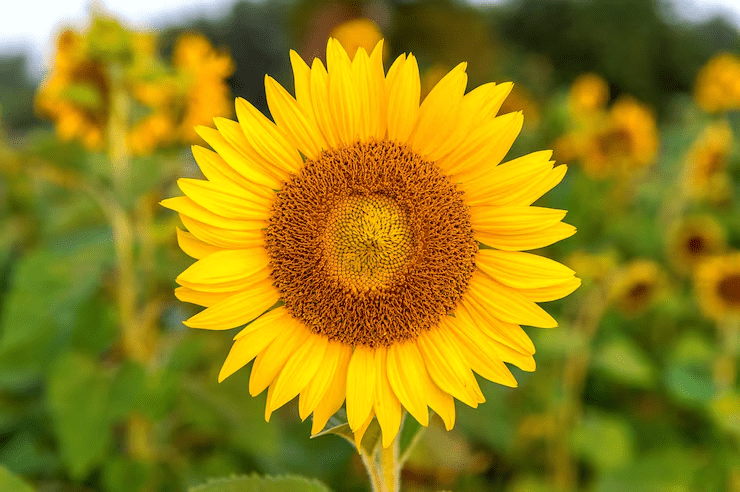
3. Marigold (Tagetes)
These bright orange and yellow flowers are not just pretty to look at but are also used in many cultures for celebrations and ceremonies.
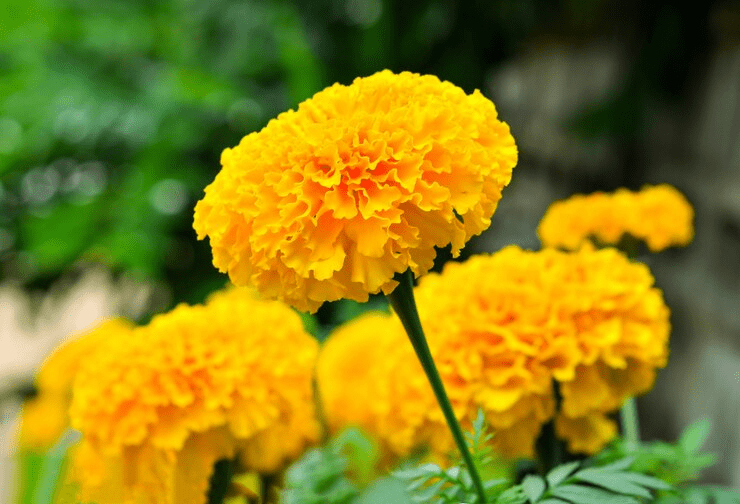
4. Snapdragons
The fun part about snapdragons is that their flowers resemble little dragon mouths that seem to “snap” when squeezed. It’s a delightful sensory experience for children.
5. Orchids
Orchids are exotic flowers with a wide range of appearances. From the popular Phalaenopsis to the peculiar-looking Dracula simia, these are sure to pique the interest of any budding botanist. By understanding colours and scent we introduce the world of flowers for kindergarten kids.
6. Poppies
Their vibrant red petals and dark centres are intriguing. Poppies can also introduce children to the concept of remembrance, as they’re often used to remember soldiers. These are some of the different flowers for kids.
7. Tulip (Tulipa)
Hailing from the land of windmills, tulips have over 150 species in various colours. From the classic red tulip representing true love to the rare black tulip, their diversity can be an exciting exploration for children.
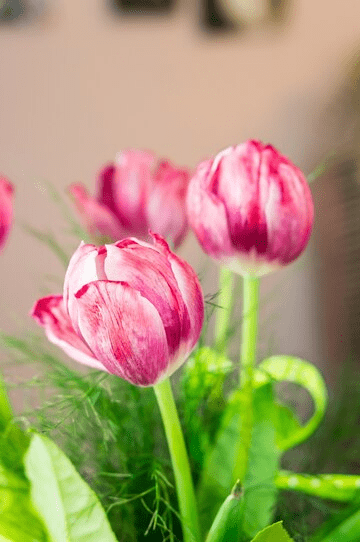
8. Daffodil (Narcissus)
These yellow or white beauties are often linked with spring. Their trumpet-shaped centre is fascinating for children, making them an excellent addition to any garden or bouquet.
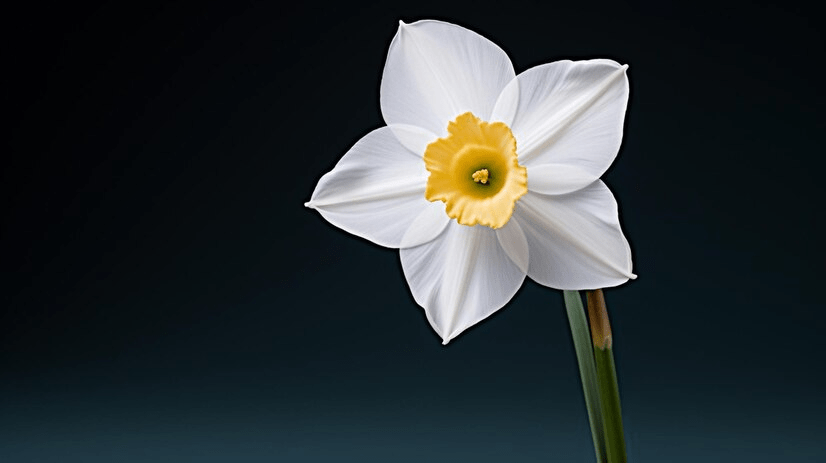
9. Daisy (Bellis Perennis)
Their simple, cheerful appearance with a yellow centre and white petals makes daisies an easy pick. Plus, kids love making daisy chains!
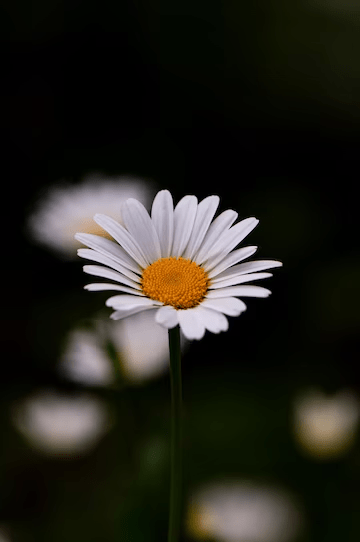
10. Lavender (Lavandula)
While it’s known for its calming fragrance, lavender’s purple spikes are a joy to observe. Children can also learn about its various uses, from aromatherapy to cooking.
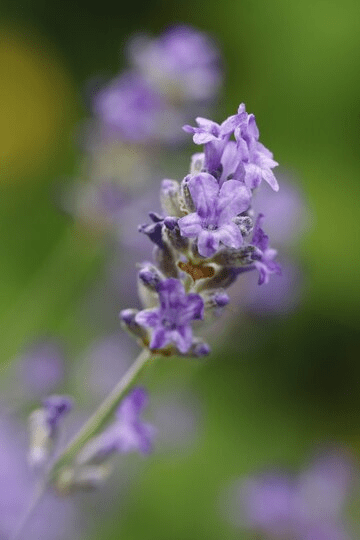
Why are kids fascinated with various types of flowers?
Children naturally want to learn about their surroundings. While many of us recognize common flowers like roses, tulips, and sunflowers, did you know there are over 400,000 types of flowering plants worldwide? It’s important to ask: how many flower types exist? More importantly, which flowers can capture the interest and teach young minds?
When choosing flowers for kids, we look for those that are easy to spot, colourful, and maybe even fragrant. Teaching children about flowers can be a fun and educational adventure, blending imagination with learning.
Why is it important for kids to learn about flowers?
Merely knowing different types of flowers with names won’t suffice. The process of teaching kids about flowers should be holistic:
1. Life Cycle of a Flower
From a tiny seed to a blooming beauty, kids can learn patience, nurturing, and the magic of nature by planting their own flowers.
2. Ecological Role
Flowers aren’t just decorative. They play a vital role in our ecosystem, from providing nectar for bees to being a food source for various creatures.
3. Cultural Significance
Flowers hold symbolic meanings in different cultures. From weddings to funerals, they’re integral to many ceremonies.
Did you know that you can teach about flowers to kindergarten kids through hands-on learning activities?
4 Interactive Learning Activities About Flowers for Kids
One of the most enriching ways of teaching kids about flowers is by making the learning process interactive and hands-on. Instead of simply showing them images or reading from books, engage them in activities that allow them to experience the beauty and essence of flowers directly.
1. Flower Pressing and Crafting
One of the age-old hobbies that children love is flower pressing. By picking their favourite blooms and pressing them between sheets of paper in heavy books, kids can preserve the beauty of a flower for an extended time. Later, these pressed flowers can be used to create bookmarks, greeting cards, or even framed art. This not only introduces them to different types of flowers with names but also instils an appreciation for nature’s delicate artistry.
2. Flower Gardening
By allowing kids to have a small patch in the garden where they can grow their choice of flowers, they learn responsibility and the joy of nurturing. From sowing seeds to watching the first buds appear, it’s a magical journey. Gardening also introduces children to the importance of soil, water, and sunlight in a plant’s life.
3. Scent Exploration
Every flower has a distinct scent, some subtle and some pronounced. Create a ‘sniffing session’, where children close their eyes and identify the flower based on its fragrance. This enhances their sensory skills and helps them recognise different types of flowers without even seeing them.
4. Floral Storytelling
Flowers have inspired numerous legends, myths, and folktales across cultures. Dive into stories about how the rose got its thorns or why sunflowers follow the sun. Such narratives make the world of flowers come alive, making the learning process memorable.
Conclusion
At EuroKids, we focus on encouraging curiosity from a young age. Our program helps preschoolers explore the colourful world of plants, teaching them about various flowers in an enjoyable way. Join us in nature and see your child grow in knowledge!
For helpful articles on your toddler’s development, health, and nutrition, visit EuroKids Blogs. Also, explore our well-known preschools – EuroKids, to start your child’s educational adventure!
















